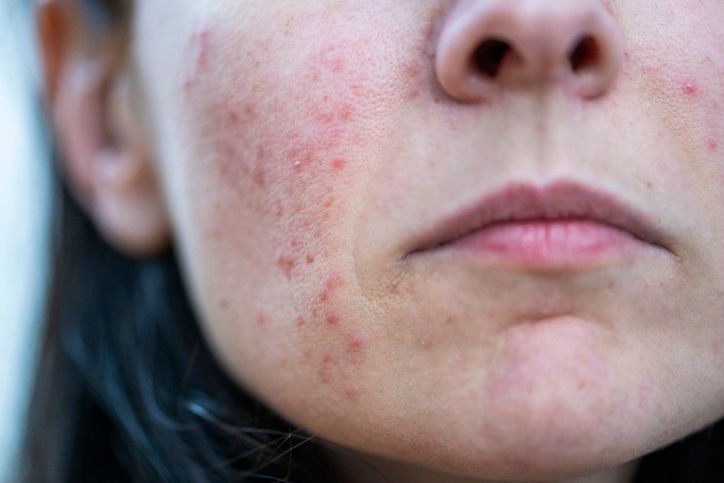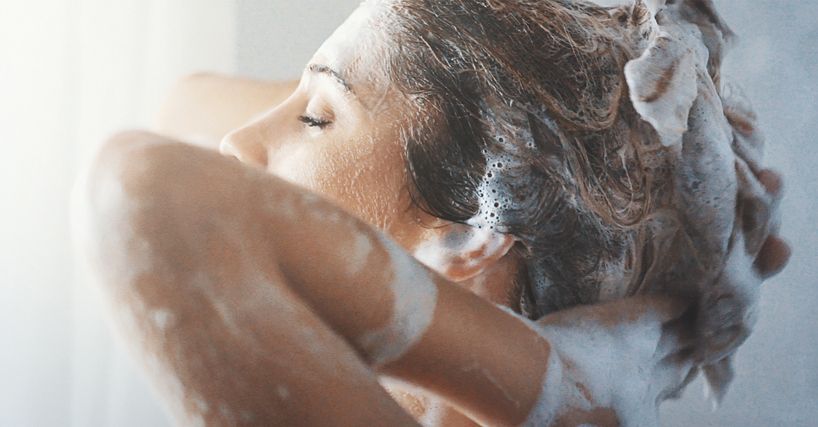Author: Natalie Ng|Updated: 15 May 2025
Tretinoin has been a go-to acne treatment for decades—and it still holds up. It works by speeding up skin cell turnover, clearing out dead skin cells, and helping unclog pores. Its anti inflammatory properties also calm the skin, making it great for treating acne and improving skin tone. Unlike over the counter products, tretinoin cream treats acne at the root. It can help with acne scars, reduce breakouts, and even support collagen production. With years of research behind it, we know a lot about how tretinoin works and how to use it right. But it’s not for everyone. If you have sensitive skin or get dry skin easily, you might notice some irritation. You’ll also want to be careful mixing it with other products like benzoyl peroxide or salicylic acid, and avoid extra doses that can lead to redness or peeling. Want to know what makes tretinoin treatment stand out from other topical products? Keep reading to see why it’s still one of the best ways to treat acne.

Proven Clinical Success Over Time

Trusted by dermatologists for decades
Tretinoin has remained one of the most prescribed topical treatments to treat acne for over 40 years. It’s backed by strong clinical evidence showing a high rate of success, especially for those with mild to moderate acne. Its long-term use has helped many people reduce breakouts, improve skin tone, and manage recurring skin conditions.
Real-world results across different skin types
While results can vary, many users experience clearer skin with fewer clogged pores and less inflammation over time. Clinical studies show response rates between 30% and 80%, depending on the severity of acne, skin type, and how consistently the tretinoin treatment is used.
Can be used with other acne treatments
Tretinoin is often combined with other topical products like benzoyl peroxide or salicylic acid for more stubborn cases. These combinations must be used carefully to avoid severe irritation or skin sensitivity, especially during the early stages of treatment.
Long track record of safety
Compared to newer retinoids or over the counter options, tretinoin has decades of safety data. Its potential side effects—like peeling, redness, or dryness—are well understood and manageable with proper use. Healthcare professionals often consider it a first-line treatment because of its predictable and reliable effects.

Boosted Skin Cell Turnover and Renewal
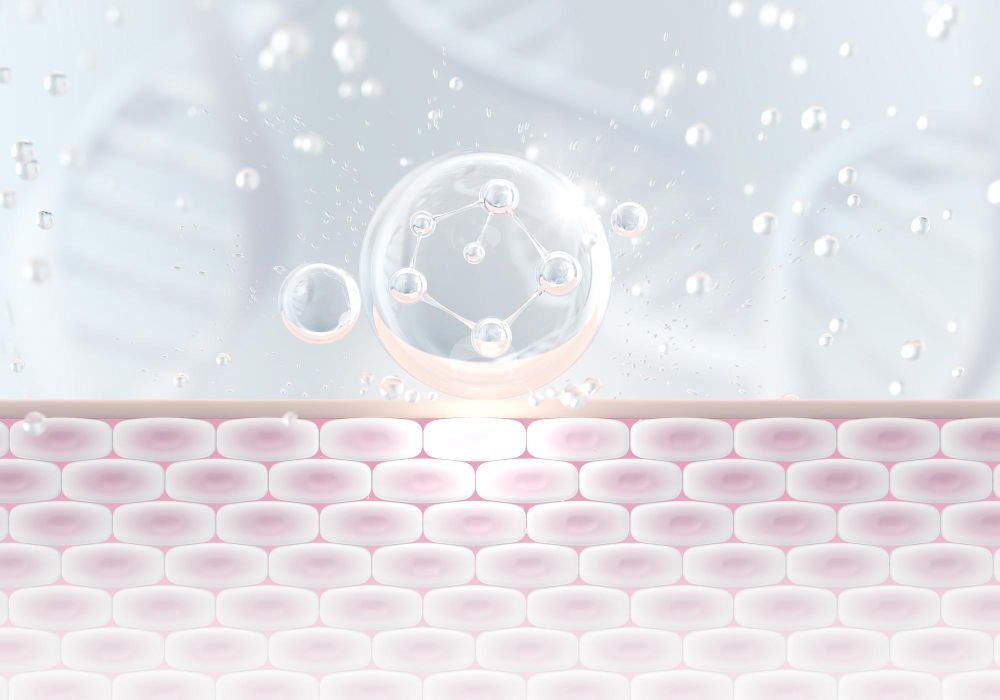
Clears dead skin cells before they clog pores
One of tretinoin’s main strengths is how it increases skin cell turnover. This means your skin sheds dead skin cells faster, which prevents buildup on the surface that often leads to clogged pores, whiteheads, and blackheads. For people prone to acne, this faster cycle is essential to keeping skin clear.
Smooths skin texture and supports even tone
Faster renewal not only helps prevent breakouts—it also improves the appearance of acne scars and rough patches. As dead skin cells clear out, new cells reach the surface more quickly, giving the skin a smoother texture and more even tone.
Regulates skin cell growth beneath the surface
Tretinoin doesn’t just work on the outer layer. It also helps correct how skin cells form deeper in the skin, creating a more organized and healthy pattern of growth. This keeps pores from getting blocked in the first place and supports long-term results with consistent use.
Works best with a simple routine
To support this process, apply tretinoin to clean, completely dry skin using a pea sized amount. Avoid other harsh topical products while your skin adjusts. Use mild soap, pat dry gently, and wear protective clothing and sunscreen daily to reduce the risk of sunburn or irritation.
Read More
Book Now to Experience
Acne Treatment
1 Minute Self-Registration
Date should not be before minimal date

Targets Acne and Inflammation at the Root
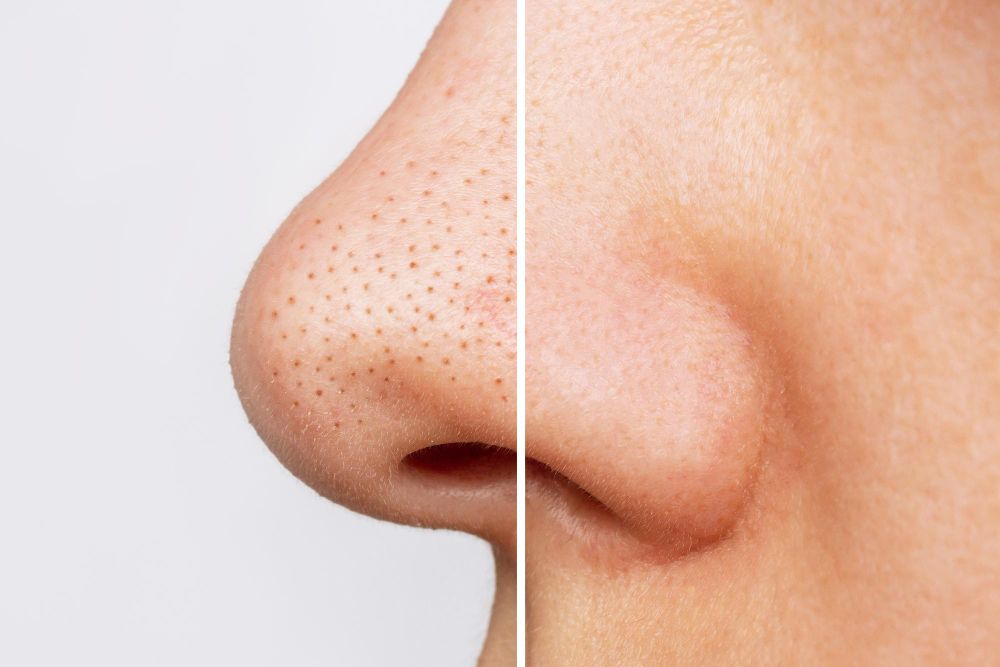
Clears clogged pores that trigger inflammation
Tretinoin treatment helps reduce acne by removing the buildup of dead skin cells and oil that traps acne causing bacteria inside the pores. This buildup is one of the main reasons breakouts form, especially inflamed pimples and cysts.
Lowers the skin’s inflammatory response
While tretinoin is not a direct anti-inflammatory drug, it reduces the conditions that lead to inflammation. By preventing clogged pores and clearing blocked follicles, it helps the skin calm down naturally. Over time, this leads to fewer red, swollen breakouts.
Improves skin’s healing process
As breakouts clear, tretinoin supports new skin cell growth. This speeds up healing in the affected area and helps reduce the chance of acne scars forming. It also helps active breakouts resolve faster by clearing congestion below the surface.
Prevents future flare-ups
With regular use, tretinoin reduces the triggers that keep acne coming back. It keeps pores clear and helps balance how the skin reacts to oil, bacteria, and dead cells—all of which lowers the chance of future breakouts linked to inflammation.

Prevents Pore Blockages and Oil Buildup
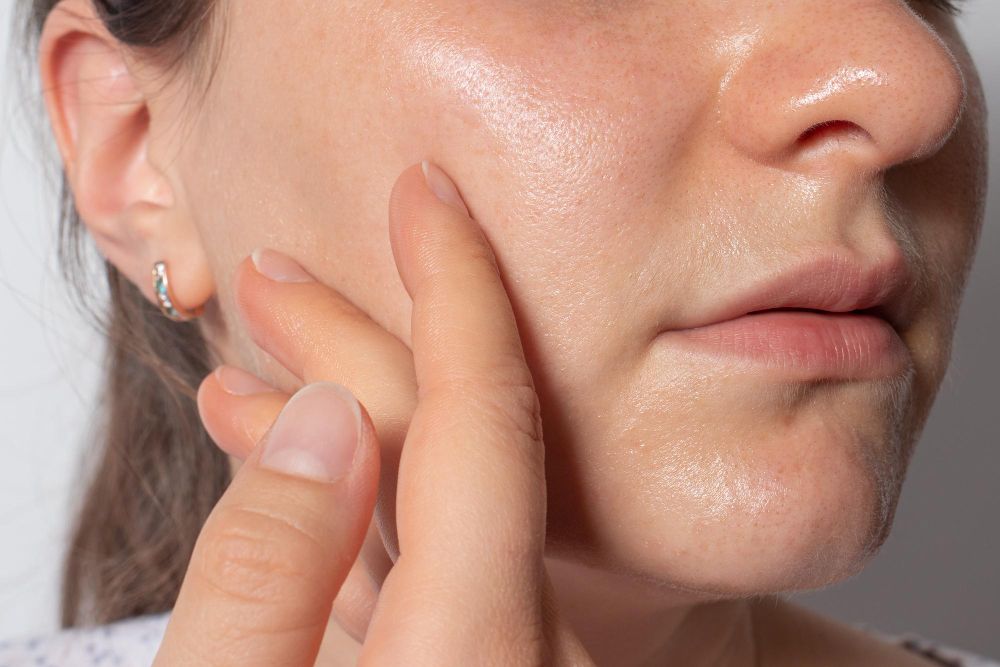
Keeps pores clear from the inside out
Tretinoin helps unclog pores by breaking down the sticky layer of dead skin cells and oil that builds up over time. This buildup blocks the opening of the pore, traps bacteria, and leads to breakouts. Tretinoin clears out this debris and keeps pores open, which is key for treating and preventing acne.
Reduces the chance of new blockages
By supporting regular skin cell turnover, tretinoin stops dead skin cells from piling up on the surface. This prevents new blockages from forming and helps reduce the formation of both non-inflammatory lesions like blackheads and inflammatory ones like pustules and cysts.
Helps regulate surface oil movement
Although tretinoin doesn't directly shrink oil glands, it improves how oil moves through the skin. With pores no longer clogged, oil flows more freely and is less likely to get trapped under the skin’s surface. This reduces the greasy buildup that can lead to new breakouts.
Less oil, less bacteria, fewer breakouts
Clear pores also create a less welcoming environment for acne causing bacteria. With regular use, tretinoin helps create skin conditions where bacteria are less likely to grow, which reduces breakouts and supports long-term skin clarity.
Book Now to Experience
Acne Treatment
1 Minute Self-Registration
Date should not be before minimal date

Treats Existing Acne and Prevents New Breakouts
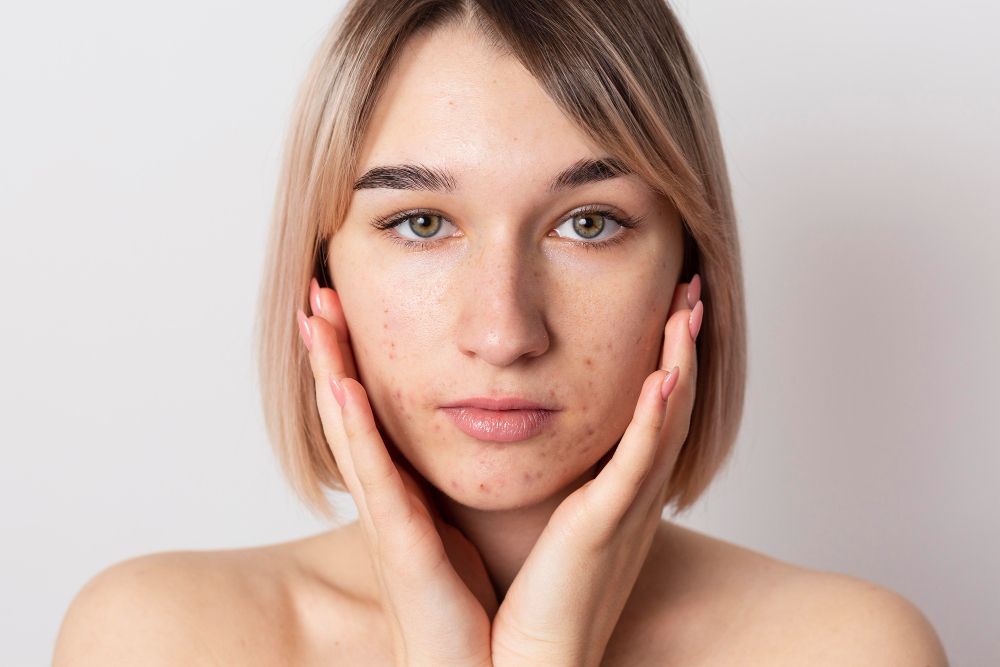
Clears current blemishes through faster skin renewal
Tretinoin speeds up the skin’s natural exfoliation process, helping active breakouts come to the surface and heal more quickly. This includes deep blemishes that would otherwise linger for weeks. As the skin sheds layers faster, clogged material is cleared out more efficiently, helping the affected area recover.
Prevents future acne before it forms
By keeping pores clear and skin cell turnover steady, tretinoin reduces the conditions that allow new acne to develop. With consistent use, fewer blockages form in the first place, which means fewer whiteheads, blackheads, and inflamed pimples over time.
Gradual improvements lead to long-term results
Tretinoin doesn’t show results overnight. Most people begin to notice visible changes after 8 to 12 weeks. That’s because the treatment works below the surface, changing how skin behaves at the cellular level. These steady changes support clearer, smoother skin over the long term.
Avoid overuse to reduce side effects
Apply a pea sized amount once a day, only to the affected area. Avoid double or extra doses, even if you miss a treatment. More product won’t speed up the process—it increases the chance of severe irritation, peeling, and redness, especially in sensitive skin.

Tretinoin Works in More Than One Way to Treat Acne
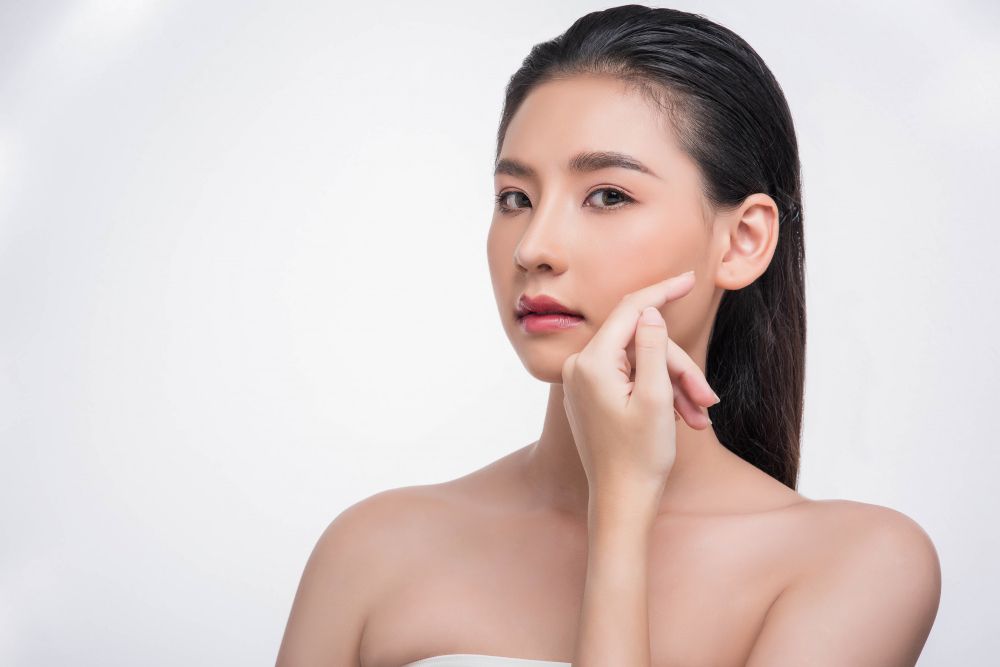
Clears pores, reduces bacteria, and improves skin texture
Tretinoin treats acne by fixing several issues at the same time. It clears out dead skin cells, keeps pores from getting blocked, reduces the buildup that bacteria feed on, and helps calm the skin. This combination makes it more effective than treatments that only target one cause of breakouts.
Improves skin tone and fades dark spots
As your skin renews faster, dark spots and uneven texture start to fade. Tretinoin also supports collagen production, which can help improve the skin’s structure and make it look healthier overall.
Works for different types of acne
Tretinoin is used to treat blackheads, whiteheads, and mild to moderate inflammatory acne. It’s often part of combination treatments for more severe skin conditions. Because it targets multiple acne triggers, it fits into many treatment plans.
Backed by years of research and use
Tretinoin has been studied for decades. Its results are predictable, and its side effects are well-known. Used correctly, it offers a long-term solution for people who want a reliable way to treat acne and improve skin health.
Book Now to Experience
Acne Treatment
1 Minute Self-Registration
Date should not be before minimal date

Fades Acne Scars and Hyperpigmentation Over Time
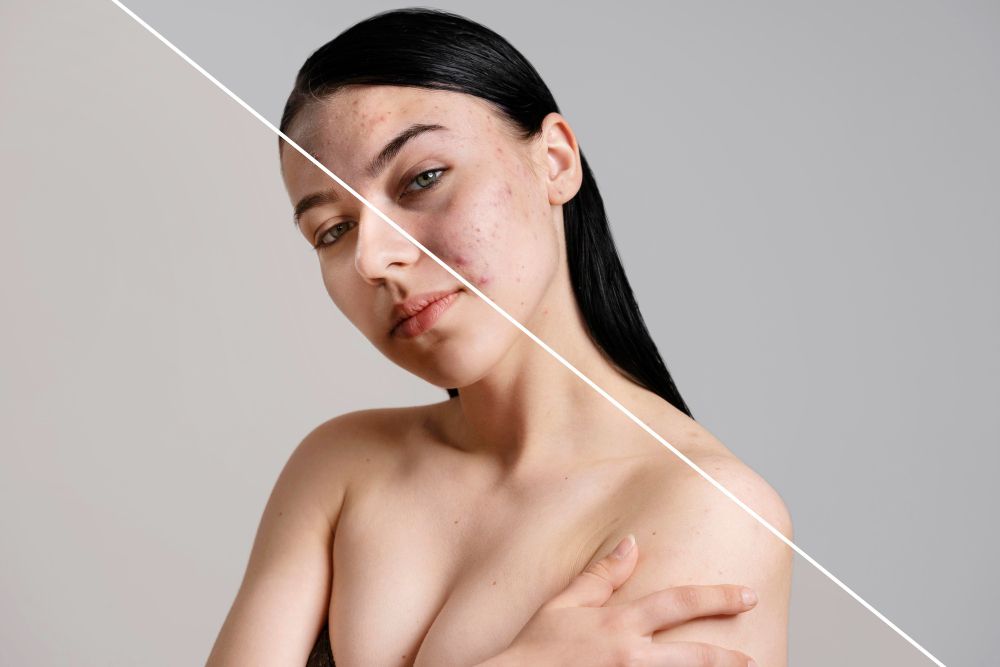
Promotes natural fading of dark spots
Tretinoin doesn’t just help clear acne—it also helps fade the marks it leaves behind. Acne scars, dark spots, and uneven skin tone often remain even after breakouts stop. Tretinoin speeds up the removal of damaged skin cells and encourages new cells to take their place, gradually improving the skin’s appearance.
Supports new cell growth for a more even skin tone
As old pigmented cells are pushed out, newer and more uniform cells come to the surface. This helps fade post-acne marks and smooth out rough areas. Over time, skin treated with tretinoin becomes brighter and more balanced in tone.
Works well on both fresh and older marks
Tretinoin is commonly used for post-inflammatory hyperpigmentation—dark spots left after a breakout heals. But it can also help soften the look of older discoloration and minor textural scarring by encouraging ongoing cell renewal and collagen support.

Regular Use Improves Results Over Time

Skipping applications can slow progress
Tretinoin isn’t a one-time fix. It needs to be used consistently, usually once per day, to keep your skin in a steady renewal cycle. Skipping applications or using it irregularly can slow down results and make acne harder to manage in the long run.
Steady use leads to fewer breakouts and clearer skin
With regular use, tretinoin helps maintain open pores, reduce oil buildup, and prevent clogged skin. Over time, you’ll likely notice fewer breakouts and a more even skin texture. The more consistent your routine, the more predictable the outcome.
Apply it the right way for best results
Stick to a simple routine. Wash with mild soap, pat the skin completely dry, and use a pea sized amount of tretinoin on the affected area. Avoid overusing the product—even if you miss a dose—since extra doses can cause severe irritation or peeling without improving results.
Book Now to Experience
Acne Treatment
1 Minute Self-Registration
Date should not be before minimal date

Can Be Combined with Other Acne Treatments (with Care)
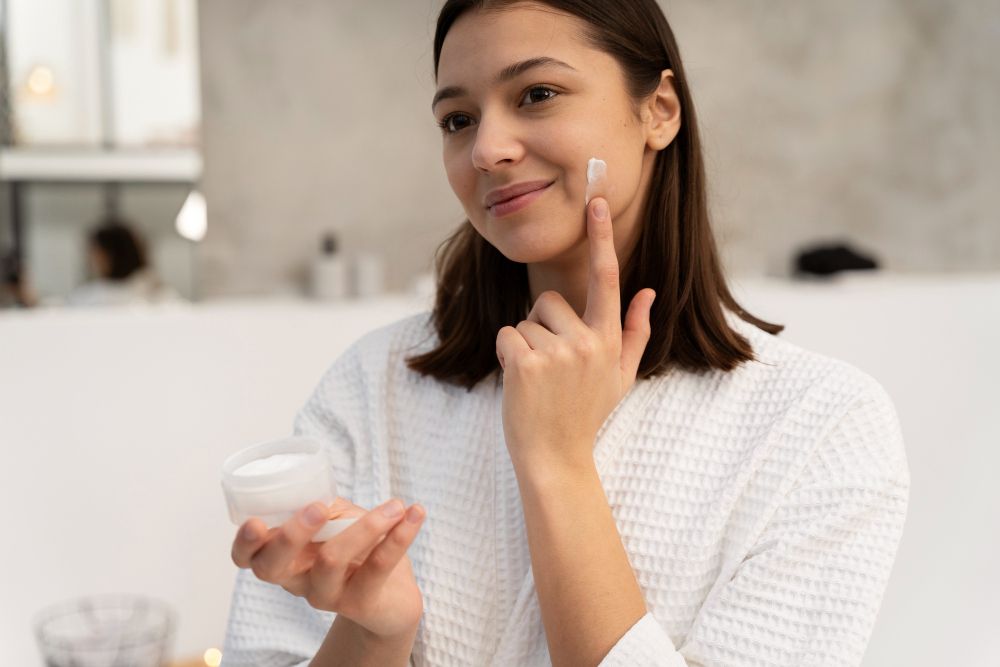
Often used with benzoyl peroxide or salicylic acid
Tretinoin can be paired with other topical treatments, including benzoyl peroxide or salicylic acid, to treat moderate acne more effectively. These combinations can help reduce inflammation, kill acne causing bacteria, and speed up results.
Combine treatments gradually to avoid irritation
If you’re adding other products into your routine, do it slowly. Using too many active ingredients at once—especially early on—can lead to redness, dryness, or severe irritation. Start with alternate-day use or space out product application times to reduce stress on your skin.
Ask a healthcare professional before layering products
Some combinations may not be suitable for everyone, especially for those with sensitive skin or a history of skin irritation. If you’re not sure which products to pair with topical tretinoin, check with a healthcare provider before making changes to your routine.

Temporary Irritation During Early Use Is Normal
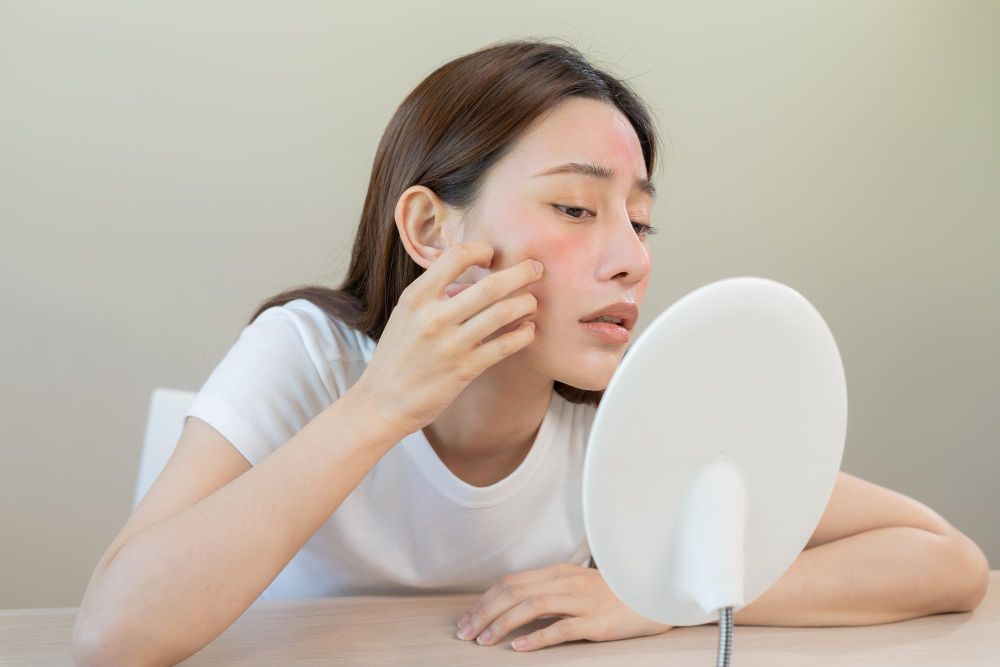
Early side effects show the product is active
During the first few weeks of tretinoin treatment, it’s common to experience skin irritation. Redness, peeling, dryness, and a mild burning sensation often appear as your skin adjusts. These signs usually begin within the first few days and peak between weeks 2 and 4. This phase is called the retinization period.
Skin becomes more sensitive to sun and products
Tretinoin increases skin sensitivity, especially to sunlight and other topical products. During this period, your skin may react more strongly than usual, even to gentle skincare. Tanning beds, strong cleansers, and exfoliants should be avoided to prevent severe irritation or sunburn.
Moisturizer and sunscreen reduce discomfort
To manage irritation, wash your face with mild soap and warm water. Gently pat dry, then apply a pea sized amount of tretinoin cream to clean, completely dry skin. Follow with a moisturizer to reduce dryness and peeling. Always use sunscreen and wear protective clothing when outside, as your skin will burn more easily.
Irritation usually fades after a few weeks
These early side effects are temporary and don’t mean the treatment isn’t working. As your skin adjusts, redness and peeling become less noticeable. Avoid applying extra doses or using tretinoin on open wounds. Stick with your routine and be patient—most people begin to see improvement after the initial adjustment phase.
Book Now to Experience
Acne Treatment
1 Minute Self-Registration
Date should not be before minimal date

Application Tips for Tretinoin Beginners
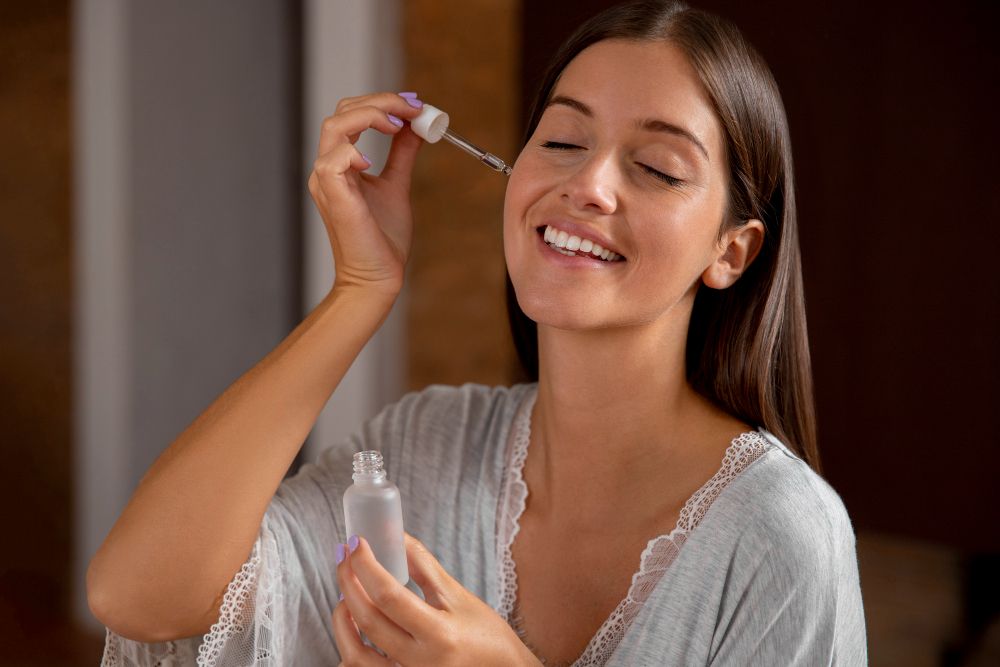
Start with a slow, low approach
For new users, the best way to begin tretinoin treatment is slowly. Applying tretinoin every other night (or even every third night) allows the skin to adjust to the effects of tretinoin without overwhelming it. This gradual buildup helps reduce the chances of severe irritation, flaking, or redness—especially for those with sensitive skin.
After two to four weeks, if your skin has tolerated the treatment well, you can begin nightly use. This slow progression helps build tolerance and supports long-term results without triggering unnecessary discomfort.
Always apply to clean, completely dry skin
To avoid increased skin irritation, it’s important to follow the correct application steps. After cleansing with a mild soap and warm water, gently pat your skin dry. Wait at least 20 minutes before applying tretinoin cream. This gives your skin time to dry fully, which lowers the chance of stinging or burning—common effects of tretinoin when applied to damp skin.
A pea sized amount is enough for the entire face
More is not better when it comes to tretinoin. Apply a small, pea sized amount, and lightly cover the entire face. Avoid double or extra doses, even if you miss a treatment. Extra applications can lead to severe irritation, dry skin, and flaking—without improving how well tretinoin works.
Avoid applying tretinoin near the eyes, nostrils, or mouth, where the skin is thinner and more prone to irritation.
Moisturizer is your skin’s support system
Using a fragrance-free, non-comedogenic moisturizer after applying tretinoin helps reduce dryness and skin peeling. Moisturizers also support the skin barrier and improve overall tolerance, especially during the early phase of treatment.
You can apply the moisturizer after tretinoin, or—if your skin is especially sensitive—you can use the “moisturizer sandwich” method: apply moisturizer, then tretinoin, then another thin layer of moisturizer on top. This buffers the effects of tretinoin slightly, making it easier for the skin to adjust.

Boost the Results of Tretinoin with In-Clinic Acne Treatment
Why combine topical tretinoin with professional treatment?
While tretinoin treatment is highly effective at managing breakouts, speeding up skin cell turnover, and reducing acne scars, its results build gradually—and often come with early side effects like redness, peeling, or dry skin. That’s where pairing it with a targeted in-clinic solution like The Acne Treatment can help speed up visible results while supporting the skin through the adjustment period.
This non-invasive treatment helps cleanse clogged pores, calm oily skin, and balance hydration—creating the ideal environment for tretinoin to work more efficiently.
How The Acne Treatment works
This professional facial targets acne-prone skin in three steps:
1. Dual spiral suction with drainage deeply exfoliates the skin, removes dead skin cells, and clears out oil and debris from blocked pores. This reduces surface buildup that can worsen skin sensitivity when applying tretinoin.
2. Once the pores are cleaned, a hydrating medical-grade serum is infused into the skin to calm inflammation, balance sebum production, and strengthen the skin barrier—key for those dealing with dry skin, irritation, or flaking caused by topical tretinoin.
3. The final step supports collagen production and helps fade acne scars, while also preventing future breakouts by reducing excess oil and calming overactive sebaceous glands.
Advantages of combining this treatment with tretinoin
• Reduces skin irritation: The hydrating step soothes the skin and reduces the dryness or peeling that can happen early in a tretinoin routine.
• Speeds up visible results: By clearing pores and calming inflammation, your skin responds better to the effects of tretinoin.
• Prevents clogged pores: Dead skin cells are removed more thoroughly, helping topical tretinoin penetrate evenly and work across the entire face.
• Targets acne scars: While tretinoin promotes long-term scar fading, this treatment helps speed up that process through deeper hydration and exfoliation.
• Non-invasive and low risk: There are no injections, no downtime, and it’s suitable for most skin types, including sensitive skin and moderate acne.
Book your experience today
If you’re already using tretinoin or planning to start, this treatment offers real support for clearer, stronger, and more balanced skin. It helps maintain results, calm irritation, and restore your skin’s natural glow—without disrupting your tretinoin routine.
Book your Acne Treatment session now and experience the benefits of combining professional care with prescription-strength results.
New Beauty's Acne TreatmentBook Now to Experience
Acne Treatment
1 Minute Self-Registration
Date should not be before minimal date
FAQ
Can I use tretinoin with other topical products?
Yes, but it depends on the product. While tretinoin can be combined with some ingredients like benzoyl peroxide or salicylic acid, doing so without guidance may increase skin irritation, especially in sensitive skin. Avoid applying multiple active ingredients at the same time unless instructed by a healthcare professional. For best results, use mild products alongside tretinoin and introduce new items slowly into your routine.
Is tretinoin safe for all skin tones?
Tretinoin is generally safe for all skin tones, but those with deeper skin may need to monitor for temporary changes in pigmentation. In some cases, the skin treated with tretinoin may become lighter or darker in patches due to irritation or sun exposure. Wearing sunscreen daily helps protect skin tone during treatment. If you notice persistent discoloration, speak to a healthcare provider.
What are the signs of an allergic reaction to tretinoin?
Although uncommon, some people may experience an allergic reaction to tretinoin cream. Signs may include intense burning, severe redness, swelling, blistering, or rash beyond the treated area. If you suspect an allergic reaction—especially if symptoms appear rapidly or worsen with continued use—stop using the product and seek medical attention immediately. People with a known fish allergy should check the product label before use, as some formulas may contain fish-derived ingredients.
Can tretinoin be used on body acne?
Yes, topical tretinoin can be used to treat acne on areas like the chest, back, or shoulders. However, the skin in these areas can be thicker or more sensitive depending on the person, so irritation may still occur. Apply tretinoin in a thin layer to clean, dry skin and avoid using it on large areas all at once. Always follow a healthcare professional’s advice when treating body acne with prescription-strength retinoids.
What should I do if I forget a dose of tretinoin?
If you miss a dose, skip it and continue with your regular schedule. Do not apply extra doses to make up for it—this can increase the risk of redness, peeling, and other potential side effects. Tretinoin works gradually, and missing one application won’t reduce its overall effectiveness if you continue regular use over time. Just be sure your next dose is applied properly to clean, completely dry skin.
Recommended Articles
COPYRIGHT© NEW BEAUTY MANAGEMENT LIMITED 2025. ALL RIGHT RESERVED.

